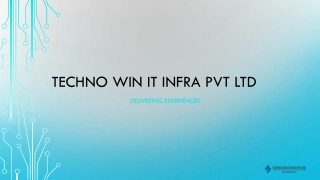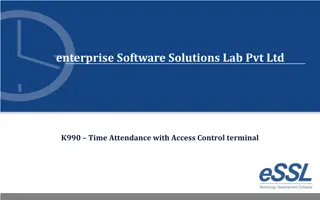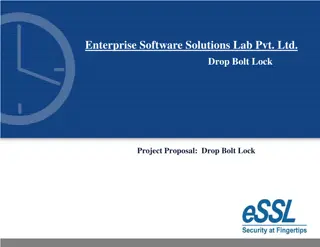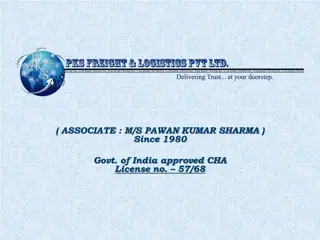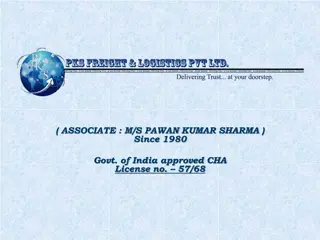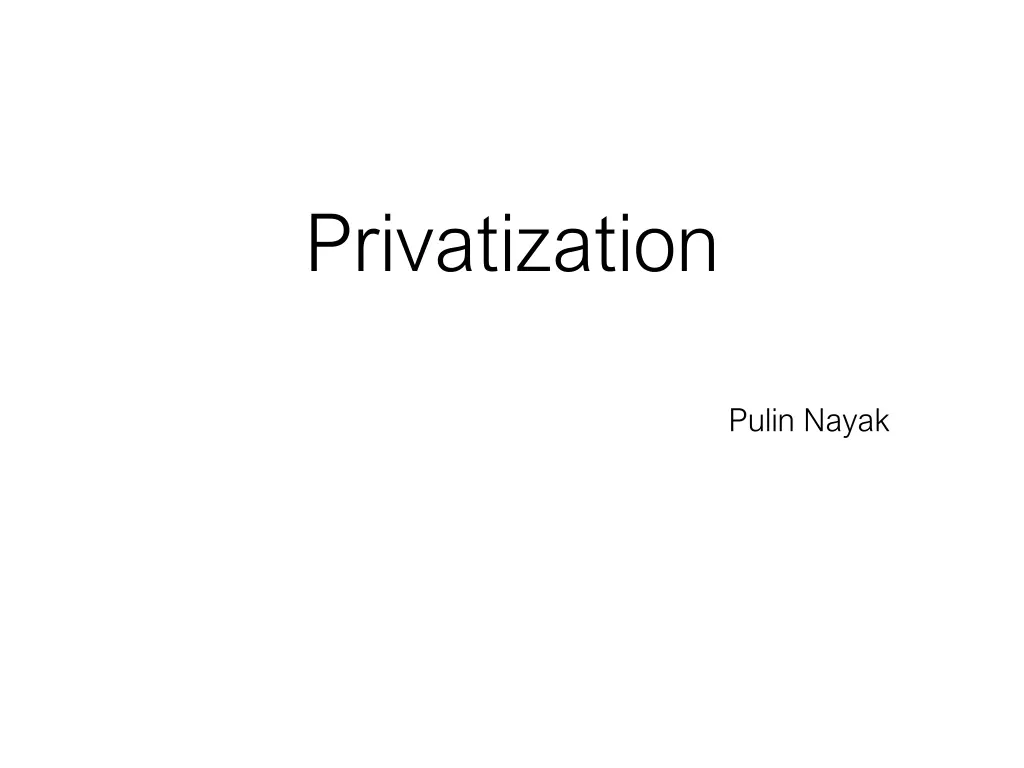
Understanding Privatisation: Objectives, Perspectives, and Empirical Evidence
Discover the concept of privatization and its objectives, including enhancing efficiency and promoting foreign investment. Explore different perspectives on privatization, such as managerial and political, and examine empirical evidence on its impact. Delve into the debate on whether privatization truly leads to improved performance and worker welfare.
Download Presentation

Please find below an Image/Link to download the presentation.
The content on the website is provided AS IS for your information and personal use only. It may not be sold, licensed, or shared on other websites without obtaining consent from the author. If you encounter any issues during the download, it is possible that the publisher has removed the file from their server.
You are allowed to download the files provided on this website for personal or commercial use, subject to the condition that they are used lawfully. All files are the property of their respective owners.
The content on the website is provided AS IS for your information and personal use only. It may not be sold, licensed, or shared on other websites without obtaining consent from the author.
E N D
Presentation Transcript
Privatization Pulin Nayak
Privatisation is transfer of activities from public to private sphere. It is basically disinvestment of state owned enterprises to private economic agents. World wide privatisation got momentum after the decline of Soviet Union.In India it started with economic reforms in 1991
Definition & objectives Privatisation is transfer of management/ownership of public sector enterprises to the private sector. The main objective of privatisation is (a) to improve the efficiency of public sector enterprises (b) provide strong momentum to the inflow of FDI. Privatisation can be done in two ways (i) transfer of ownership (ii) disinvestment.
Privatisation is shrinking of welfare state.role of state changes from enabler to regulator. Widespread perception is that privatisation brings outcomes that are superior in terms of efficiency (resource allocation) Two broad perspectives (a) managerial (b) political used to explain inefficiency under public sector Managerial perspectives holds monitoring is poorer in public owned firms hence incentives for efficiency are weak. Political perspectives holds political interference distort the objectives and brings in the the possibility of soft budget constraints faced by Public sector managers.
Neither public nor private provision can fully resolve the incentive problems that arise when considerations of imperfect information result in delegation of authority It is not ownerships but the degree of competition that ultimately matters for improving monitoring possibilities and for productive efficiency . Privatisation is also used as tool for improving the government s fiscal condition. It help to increase the level of stock market capitalisation and development of financial sector.
Privatisation:Empirical Evidence Empirical studies on privatisation (i) case studies (ii)cross sectional comparisons of public and private sector performance (iii) statistical analysis of pre and post disinvestment performance of enterprises. Conclusion obtained are diverse. Some studies shows that little evidence of improvement in performance of enterprises pre and post disinvestment Whereas some studies show that workers were better off post disinvestment. Most statistical analysis of pre and post privatisation is disfigure by failure to control economic environment. So important question is we should go for massive overnight asset transfer or promote an evolutionist and organic transformation of business enterprise.
Indian experience Data from GOI reveal that the profit margins of manufacturing PSEs are lower than the manufacturing firms in the private sector this is partially because expenditure on power fuel wages and interest are for public sector. Rangarajan committee report(1993) emphasized the need for substantial disinvestment and recommended 49% equity of PSEs to be disinvested for industries specially reserved for public sector. In other case it recommend 100% disinvestment of government stake. 1998 GOI view on Disinvestment was that its share in PSEs will be bought down to 26% 2001 GOI view was to restructure and revive potentially viable PSEs and close down those which cannot be revived. 2004 GOI view was to retain the navaratana companies in the public sector and to raise resources from the capital market.
Conclusion there is no superiority of private sector over public sector from the economic theory standpoint Role of regulators (TRAI,IRDA etc) is more relevant to productive efficiency Empirical studies presents mixed picture Hence it a very simplistic presumption that public sector is inefficient and private sector is panacea for all purpose.



